To explore the deep structure of particles, people have been pursuing colliders with higher energy scales. The man-made accelerators, however, are severly limited by their costs. While at the very beginning epoch called inflation, the universe can serve as a natural laboratory with extremely high energy. So unknown new particles interacting with inflatons can leave imprints on primordial perturbations, and such informations can be well preserved in astronomical observations such as CMB. People found that, the squeezed limits of cosmological correlation functions have clear correspondences to masses and spins of unknown particles existing during inflation. Therefore, new physics can possibly be tested through next generation of observations. Such thought is called the cosmological collider.
In this talk, I will give an explanation to the cosmological collider, including the methods of calculating correlation functions from primordial interactions, and why the information of unknown particles can be extracted. Then I will show the problems appeared in cosmological collider studies, such as the mass suppression of signals, and the calculation difficulties from the time-ordering. Inspired by these problems, there have been progresses of cosmological collider studies. I will also give a brief introduction to these works.











